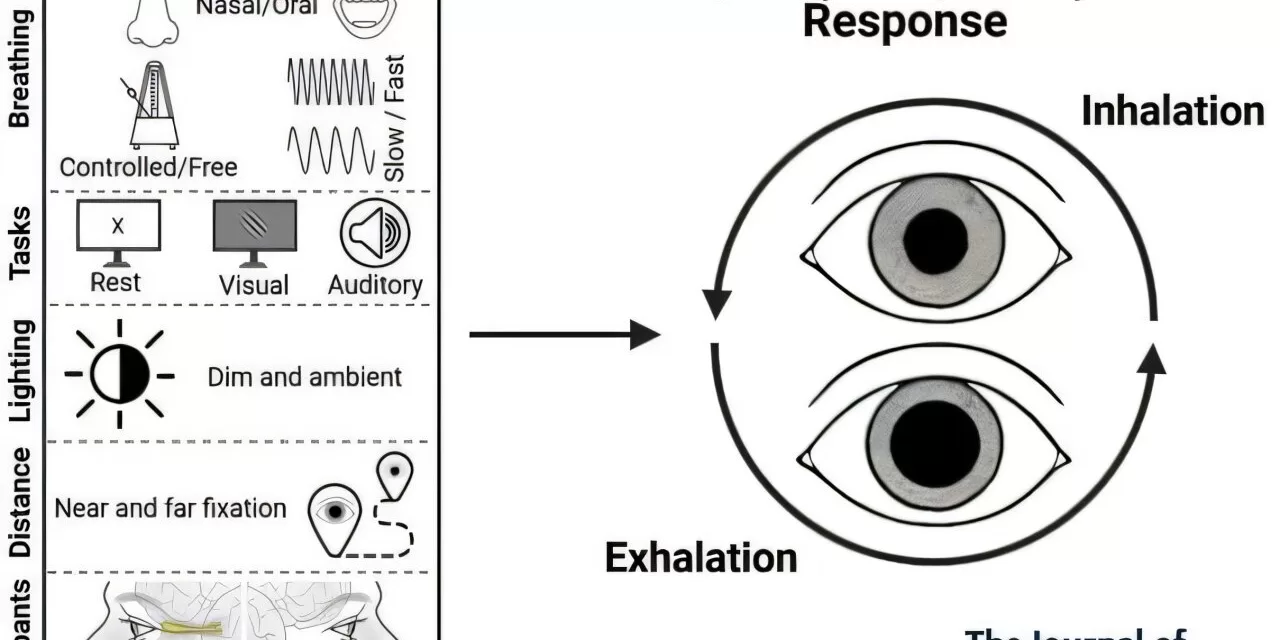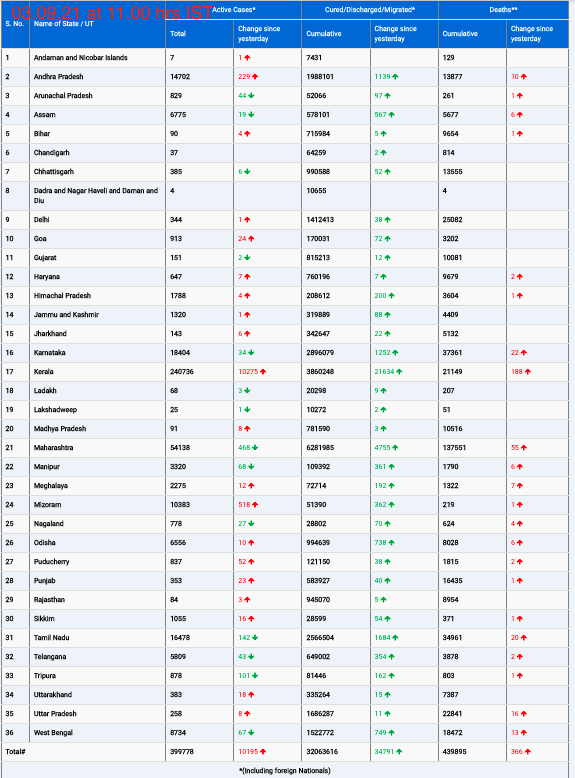Stockholm, Sweden – A groundbreaking study by researchers at Karolinska Institutet in Sweden has uncovered a fundamental mechanism that affects the size of the pupil—our breathing. The study, published in the Journal of Physiology, reveals that the pupil is smallest during inhalation and largest during exhalation, a finding that could have implications for vision and cognitive function.
Much like a camera aperture, the pupil regulates the amount of light entering the eye, playing a crucial role in how we perceive our surroundings. For over a century, scientists have identified three key factors that influence pupil size: light levels, focus distance, and cognitive processes such as emotions and mental effort. Now, this new research adds a fourth factor—breathing.
“This mechanism is unique in that it is cyclical, ever-present, and requires no external stimulus,” explained Artin Arshamian, an associate professor at the Department of Clinical Neuroscience at Karolinska Institutet, who led the study. “Since breathing influences brain activity and cognitive functions, our discovery could enhance our understanding of how vision and attention are regulated.”
Extensive Experiments Confirm Findings
The researchers conducted five experiments involving more than 200 participants to examine how breathing impacts pupil size under different conditions. Their findings revealed that the effect persisted regardless of whether participants breathed quickly or slowly, through their nose or mouth, and under varying lighting and fixation distances. Even when resting or performing visual tasks, the difference in pupil size between inhalation and exhalation was significant enough to theoretically influence vision.
Interestingly, the study also found that this function remains intact in individuals born without an olfactory bulb—a brain structure activated by nasal breathing. This suggests that the mechanism is controlled by the brainstem, a deeply conserved region of the brain that plays a vital role in regulating autonomic functions.
How Vision May Be Affected
The researchers are now investigating whether these breathing-induced pupil changes directly impact vision. Previous studies indicate that smaller pupils enhance detail perception, while larger pupils facilitate the detection of faint objects.
“Our results suggest that vision may shift between optimizing for fine detail detection during inhalation and detecting hard-to-see objects during exhalation, all within a single breathing cycle,” said Martin Schaefer, a postdoctoral researcher and first author of the study.
Potential Clinical Applications
Beyond its implications for visual perception, the discovery may have clinical applications. The researchers suggest that it could lead to new diagnostic or therapeutic approaches for neurological conditions such as Parkinson’s disease, where early pupil function impairments are a known symptom.
“One potential application is developing new methods to diagnose or treat neurological disorders,” Arshamian noted. “This is an avenue we plan to explore further.”
The findings contribute to a growing body of research on the complex interactions between physiological processes and cognitive function, potentially paving the way for future advancements in medicine and vision science.
Reference: Martin Schaefer et al., The pupillary respiratory-phase response: pupil size is smallest around inhalation onset and largest during exhalation, The Journal of Physiology (2025). DOI: 10.1113/JP287205
Disclaimer: This article summarizes recent scientific research and should not be interpreted as medical advice. Readers should consult healthcare professionals for personalized guidance regarding vision or neurological conditions.












